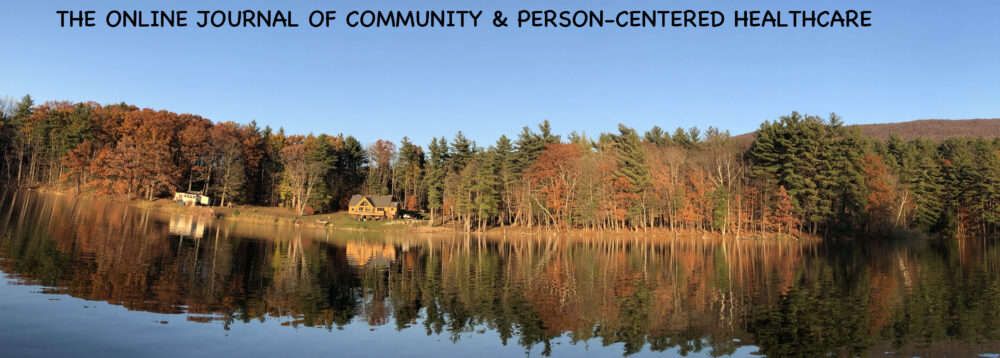Anita Gade, BA; Cassandra Johnson, MS; Nikhil Anbarasan, BS; Matthew Apicella, MS
Keywords: Art, Nature, Pleomorphic Lipoma, CTCL, dermatomyositis, IgA Pemphigus, Varicella, Tuberosclerosis, Pityriasis Rosea, Basal Cell Carcinoma, Erythema Gyratum Repens, SLE, Alopecia Areata, Melanoma, Pseudomonal Pyoderm
Springtime evokes a sense of revitalization. Sprouting plants emerge from fertile soil nourished by rainfall and sunshine. Blades of grass sway in the cool breeze, synchronizing with the melody of birds chirping. The essence of spring, exquisitely captured by revolutionary American writer Harriet Ann Jacobs (1813-1897) in her autobiography Incidents in the Life of a Slave Girl1:
The beautiful spring came; and when Nature resumes her loveliness, the human soul is apt to revive also.
Lush backdrop provides ample imagery to describe dermatologic diseases. As we enter this metaphorical garden, we are greeted by colorful botanicals – floret cells of pleomorphic lipoma, clover leaf cells of T cell lymphoma, heliotrope rash and violet papules of dermatomyositis, cutaneous events of IRIS, and sunflower-like arrangement of vesicopustules of IgA pemphigus. Don’t forget to stop and smell the roses! Take your pick from “dew drops on rose petal” lesions in primary varicella, rose spots of salmonellosis, and rosettes of palisading histiocytes in IGDA.
The thriving forest is lined with soaring trees, offering verdant analogies. Clinicians routinely use a Wood’s lamp to diagnose ash-leaf macules in tuberous sclerosis. There is the unique “Christmas tree pattern” of pityriasis rosea, leaf-like regions of basal cell carcinoma, and wood-grain appearance of erythema gyratum repens which manifests on the trunk. And be prepared to treat patients wrapped in lichen variants, including planus, sclerosis, nitidus, myxedematosus, and amyloidosis.
Woodland critters scurry into descriptions and aid in diagnosis. From raccoon eyes associated with neonatal lupus erythematosus to goose bump-resembling infundibulofolliculitis. Even melanoma is distinguished as the “ugly duckling” lesion amongst other nevi.
Dermatologic surgeons are in on the fun too! They perform a range of procedures including “dog ear repair” and “buried butterfly” set-back suture. Beaver handle scalpels are among the numerous tools available to incise skin and remove lesions. Facial anatomy may reveal bunny lines and crow’s feet, which can be treated with skillful administration of botulinum toxin for cosmetic rejuvenation.
Insects flutter and arachnids crawl in the diverse habitat of dermatology. Don’t mix up moth-eaten borders of seborrheic keratosis on dermoscopy and “moth-eaten” appearance of pseudomonal pyoderma on visual inspection. There are the characteristic spider angiomas in cirrhosis and “swarm of bees” findings on histology in alopecia areata. In parallel with Mother Nature, a metamorphosis occurs from caterpillar bodies in poryphyria cutanea tarda to butterfly rash in systemic lupus erythematous.
References to the natural world are abundant in dermatology. In springtime, our floral and faunal surroundings aptly lend themselves to vivid analogies. Rich descriptions are well suited to this visual specialty – from observing gross lesions to characterizing biopsied specimens. Metaphors provide a foundation to budding students, nurturing them to ultimately blossom into vibrant caregivers.
Corresponding author: Anita Gade, BA, New York Institute of Technology College of Osteopathic Medicine, Northern Boulevard PO Box 8000 Old Westbury, NY 11568 agade01@nyit.edu
References:
- Jacobs, Harriet A. (Harriet Ann), 1813-1897. Incidents In the Life of a Slave Girl: Written by Herself. Edited by L. Maria Child. London: Hodson and Son, 22, Portugal Street, Lincoln’s Inn, 1862. Print. Accessed April 12, 2018.
- Alikhan A, Hocker T. Review of Dermatology. Elsevier. First Edition 2017
- Bolognia J, Jorizzo J, Schaffer JV. Dermatology. Elsevier. Third Edition 2012
Acknowledgments: Leonard J. Hoenig, MD reviewed the manuscript. He was not reimbursed for this effort.


